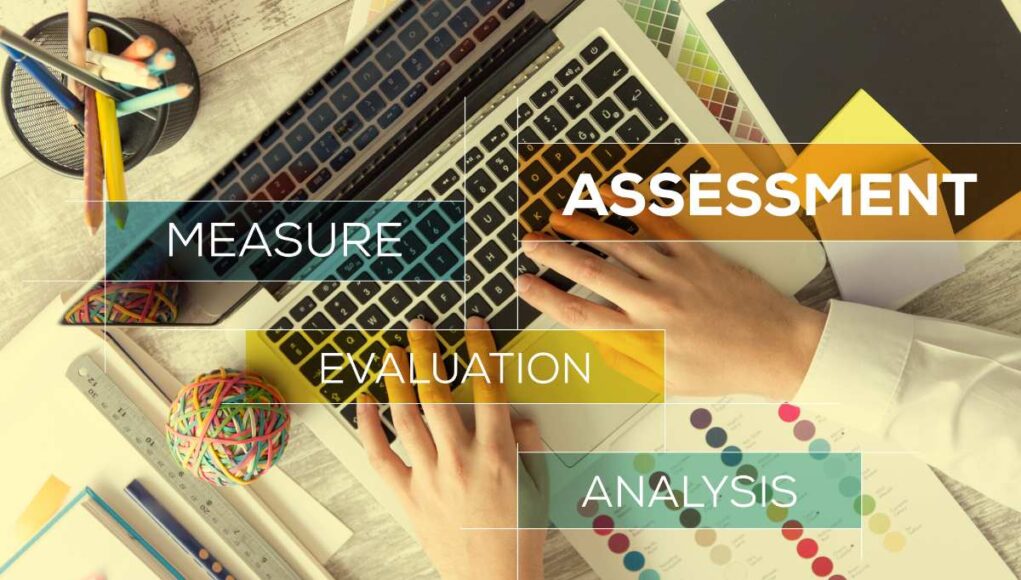Effective Social Impact Assessment: Key Strategies for Sustainable Project Success
Social impact assessment (SIA) is an essential process used by various organizations, governments, and enterprises to evaluate the potential social consequences of planned interventions or development projects.
These interventions can range from infrastructure projects, such as building new roads or factories, to policy implementations that affect a broad community. The goal of SIA is to predict and mitigate negative impacts while enhancing the positive effects of any development activities on the community and stakeholders involved.
This comprehensive guide explores the definition, tools, and methodologies of social impact assessment and how it compares and contrasts with other forms of assessment.
Social Impact Assessment: Meaning and Definition
Social impact assessment is a methodology used to analyze, monitor, and manage the social consequences of planned interventions—both positive and negative. The primary purpose of SIA is to bring about a more sustainable and equitable biophysical and human environment.
The terms social impact assessment and social impact evaluation are often used interchangeably, but there can be subtle differences.
Typically, “assessment” refers to the processes used to predict and evaluate the impacts during the planning stages of projects, while “evaluation” might be more focused on the analysis of impacts after the project implementation.
Social Impact Measurement Tools
To effectively assess social impacts, practitioners use various tools and methodologies. These tools can be qualitative, quantitative, or a mix of both. They are essential in gathering data that reflects the true impact of projects.
Common tools include surveys, focus groups, interviews, and participatory methods that engage stakeholders directly in the assessment process. Each tool can be tailored to the specific context of the project and the community it affects, ensuring that the findings are relevant and useful for making informed decisions.
_____
Management of Climate Crisis and Planetary Boundaries through Eco Taxation
_____
Social Impact Assessment Relative to Socio-Economic Impact Assessment
While social impact assessment focuses on the social aspects of development projects, socio-economic impact assessments examine both the social and economic effects.
Socio-economic assessments might include analysis of changes in employment, income levels, and economic opportunities alongside social changes like shifts in community health and well-being. Although they overlap, SIA tends to concentrate more on the social fabric and less on the economic metrics. However, both assessments are crucial and often complementary when predicting and managing the effects of large-scale development projects.
Social Impact Analysis
Social impact analysis is a component of the broader SIA process that specifically involves examining the potential impacts on communities and making recommendations based on these insights. It looks at how a project can alter community dynamics, access to services, displacement of people, changes in health and well-being, and overall quality of life.
Effective social impact analysis not only highlights the negative impacts but also identifies opportunities for positive community development and engagement.
Benefits of Social Impact Assessment
The benefits of conducting an SIA are manifold. It helps project developers and policymakers make informed decisions that align more closely with the needs and interests of affected communities. It also promotes transparency in the planning process, thereby enhancing public trust. Furthermore, SIAs can prevent conflicts and costly delays by identifying potential issues early in the project lifecycle. Overall, SIAs contribute to more sustainable and socially responsible development practices.
How Social Impact Assessment Differs from Community Impact Assessment and Environmental Impact Assessment
Although they may sound similar, social impact assessments, community impact assessments, and environmental impact assessments each have distinct focuses. A community impact assessment is generally narrower, focusing specifically on the effects of a project within a particular community—looking closely at direct impacts. On the other hand, environmental impact assessments evaluate how projects affect the physical environment—air, water, land, flora, and fauna—and tend to be required by law for certain types of projects.
_____
Closing the Loop of Circular Economy for Corporate Sustainability & Responsibility
_____
In contrast, social impact assessments have a broader scope, assessing impacts on a wide range of stakeholders and considering a diverse array of impacts. These include changes in community structure, effects on heritage, and public health implications. While all these assessments are crucial for holistic project planning, SIA provides a comprehensive view that encapsulates elements of both community and environmental impacts.
What is the Social Impact Assessment Process
The process of conducting a social impact assessment typically follows several key steps: scoping, impact analysis, mitigation strategies, and monitoring and management plans. Initially, the scope of the assessment is defined to identify which impacts to study and which stakeholders to involve.
Following this, a detailed analysis is conducted to predict how the project could affect these stakeholders. Mitigation strategies are then developed to address negative impacts while enhancing positive outcomes.
Finally, ongoing monitoring and management ensure that the mitigation measures are effective and are adjusted as necessary over the life of the project.
Social Impact Assessment Example
Consider the brief example of a new manufacturing plant being planned in a rural area. A SIA for this project would start by engaging with the local community to understand their concerns and expectations.
It might use surveys and public meetings to gather input and assess the potential impacts on local infrastructure like roads and schools, shifts in the local economy, changes in noise and activity levels, and the displacement of residents.
The SIA would help the company implement measures that mitigate negative impacts, such as traffic congestion while enhancing positive impacts like job creation.
This proactive approach not only aids in smoother project implementation but also helps in building a positive relationship with the community.
SIA – In Sum
By thoroughly understanding and implementing social impact assessments, organizations can ensure that their projects are not only economically viable but also socially beneficial.
This alignment significantly contributes to sustainable development, fostering environments where businesses and communities can thrive together.
The interested reader can find more information at The International Association for Impact Assessment.








